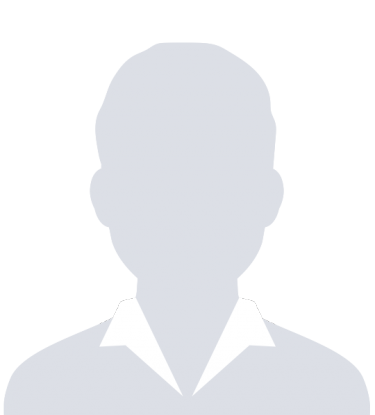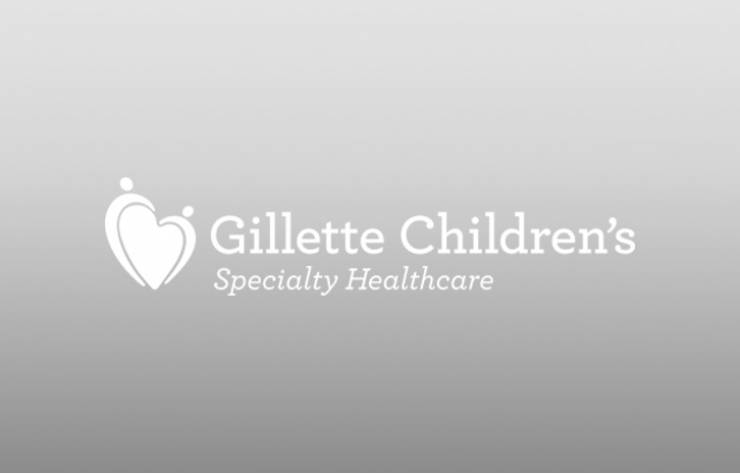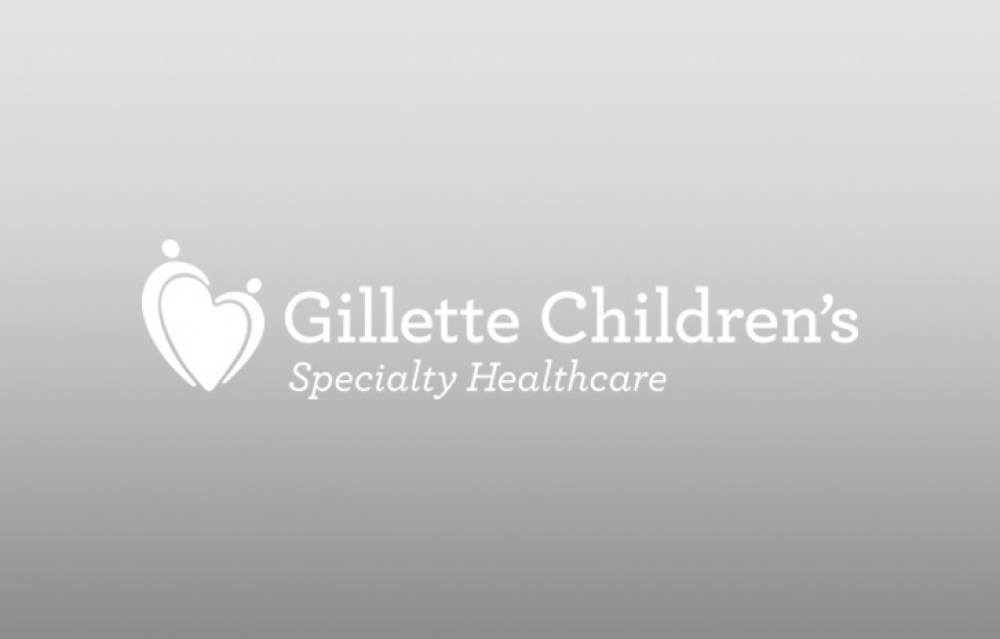-
{care_team_members status="Open|hide from care team page"}
-

{care_team_members:ct_first_name} {care_team_members:ct_last_name}
{care_team_members:ct_full_title}
{/care_team_members}
person:channel_short_name: {person:channel_short_name}
person:
title: {person:title}
-
{links}
{/links}
No category selected to display locations. Locations Dynamic
-
{locations}
- {locations:title} {/locations}
-
{widget}
{widget:widget_content}
- {widget:widget_content:tab_title} {/widget:widget_content} {/widget}
After children who have cerebral palsy undergo rhizotomy surgery, they begin six weeks of inpatient rehabilitation therapy. They first spend several weeks using something called a prone cart during the time they’re not in therapy sessions. Lying flat on the stomach (also called a “prone” position) can contribute to good surgical outcomes. Children transition to a stander or wheelchair once they’ve built up strength, but continue to use the prone cart regularly.
The prone cart used at Gillette has extra benefits. The device, which just received a patent from the United States Patent and Trademark Office, was designed by a team of Gillette rehabilitation therapists who envisioned—then created—a prone cart just for kids. With expandable length, an adjustable handle and other built-in features, the new carts make exploring the hospital or wheeling to therapies a breeze.
Learn more about the Gillette Prone Cart and see a video demonstration in Facebook Live virtual tour above.



